Cloud vs. On-Premises for Startups: Which IT Home Actually Helps You Grow?

Starting a business is already a full-time adventure in optimism, caffeine, and figuring out what your server setup should be. In this blog we’ll walk you through cloud vs. on-premises for startups so you can pick the path that saves money, time, and sanity, not just buzzword points.
Step 1: Quick reality check: cloud vs. on-premises
Short answer: on-premises means your servers live under your roof (and your electrician’s speed-dial); cloud means someone else manages the datacenter and you pay for what you use. For startups, cloud computing frequently means faster launches, less hardware drama, and instant scaling. Industry analysis shows the big three cloud providers (AWS, Azure, Google Cloud) control the majority of market infrastructure, a reflection of how dominant cloud options are for new companies. Why that matters to you: if you want to launch fast and iterate, the cloud removes a lot of setup friction. If you need physical control of data for compliance or super-low latency, on-premises might be worth the extra elbow grease.Step 2: Money talk: cloud costs vs. on-premises
Big myth: the cloud is always cheaper. Reality: cloud turns big upfront CAPEX into ongoing OPEX. For many early startups, this is great; you avoid buying racks and cooling systems and instead pay as traffic grows. Gartner and cloud cost analyses estimate meaningful cost savings for many migrations, but hidden costs (e.g.; egress fees, mis-sized instances) can surprise you. If your workload is predictable and long-lived, on-premises can win on pure cost after several years.Step 3: Security & compliance: security cloud vs. on-premises
Security is not automatically better in one model; it depends on people and processes. Cloud providers invest heavily in physical security, redundancy, and compliance certifications; startups get enterprise-grade infrastructure without hiring a whole security team. That said, on-premises can offer stronger control if your industry mandates data residency or you have strict regulatory needs. The compromise many companies choose is a hybrid approach: keep sensitive systems on-prem and burst to the cloud for scale. Red Hat and other enterprise voices commonly recommend hybrid as a practical middle ground. Checklist: encryption at rest & in transit, IAM policies, backups, and an incident playbook. These matter more than whether the box is literal or virtual.Step 4: Migration & ops (cloud migration for startups): Is your team ready?
Here’s the truth: moving to the cloud isn’t like switching Wi-Fi networks; you don’t just click “connect” and call it a day. Cloud migration for startups is more like moving apartments: you start with the essentials, figure out where the sofa goes, then slowly move in the rest. If your team already lives and breathes DevOps, containers, and CI/CD pipelines, the move will feel like upgrading from a cramped hostel to a swanky serviced apartment. If not, expect a learning curve, but also a chance to reorganize, declutter, and finally label all those mystery cables. And hey, you don’t have to go all in at once. Hybrid cloud for startups is basically renting a second apartment while keeping your childhood bedroom intact, perfect for when you want the cloud’s flexibility but still need on-prem control for legacy systems or strict compliance. Need expert hands to set up, manage, or migrate your IT? Our Cloud Services page has all the details, minus the tech jargon headache.Step 5: Decision map: cloud vs. on-premises for startups
 Make a decision by answering these four short questions; treat it like a startup MVP test:
How unpredictable is your traffic? (Unpredictable → cloud.)
Do you have strict data residency or regulatory rules? (Yes → on-prem or hybrid.)
Can you afford upfront hardware and dedicated ops? (No → cloud.)
Is speed to market your top priority? (Yes → cloud.)
Make a decision by answering these four short questions; treat it like a startup MVP test:
How unpredictable is your traffic? (Unpredictable → cloud.)
Do you have strict data residency or regulatory rules? (Yes → on-prem or hybrid.)
Can you afford upfront hardware and dedicated ops? (No → cloud.)
Is speed to market your top priority? (Yes → cloud.)



.png)


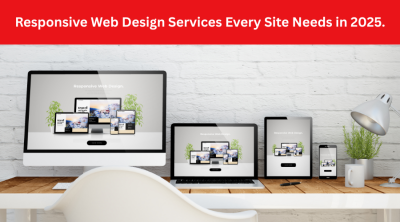













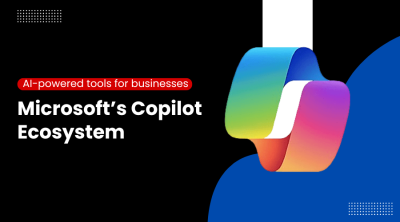










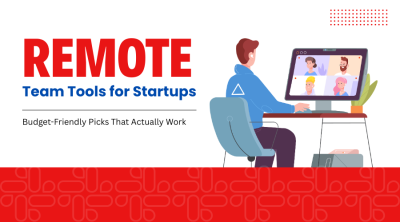
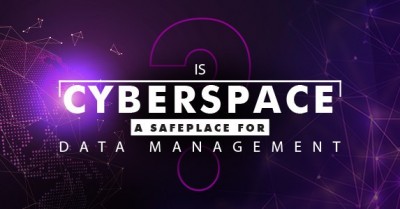




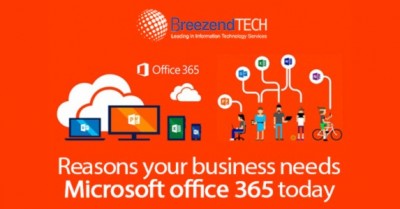
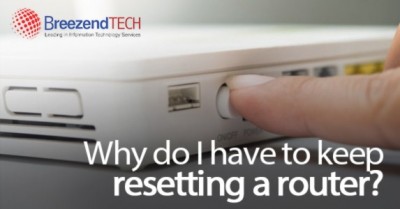

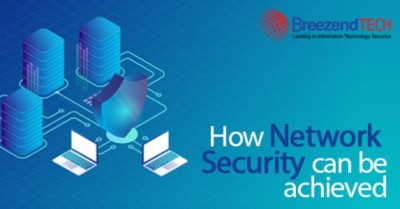



Comments (0)